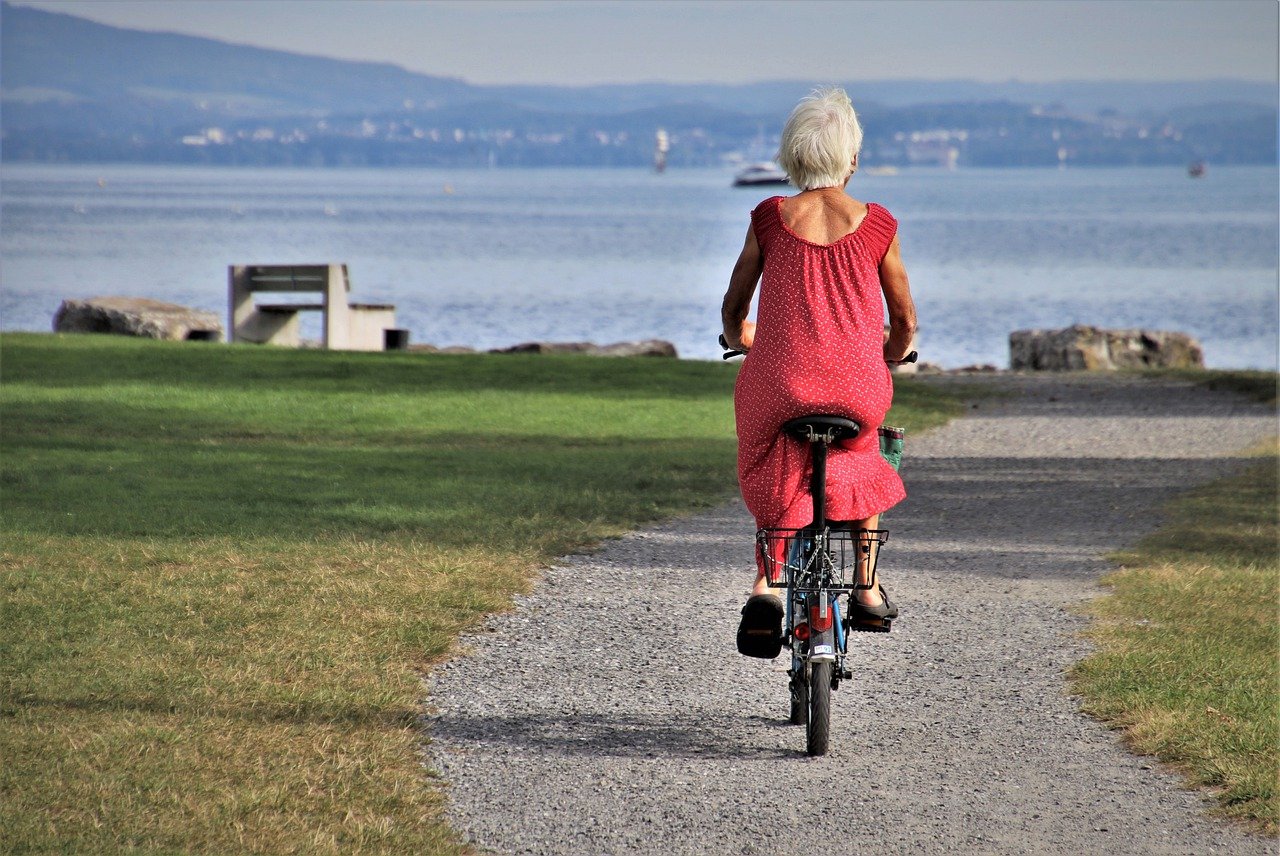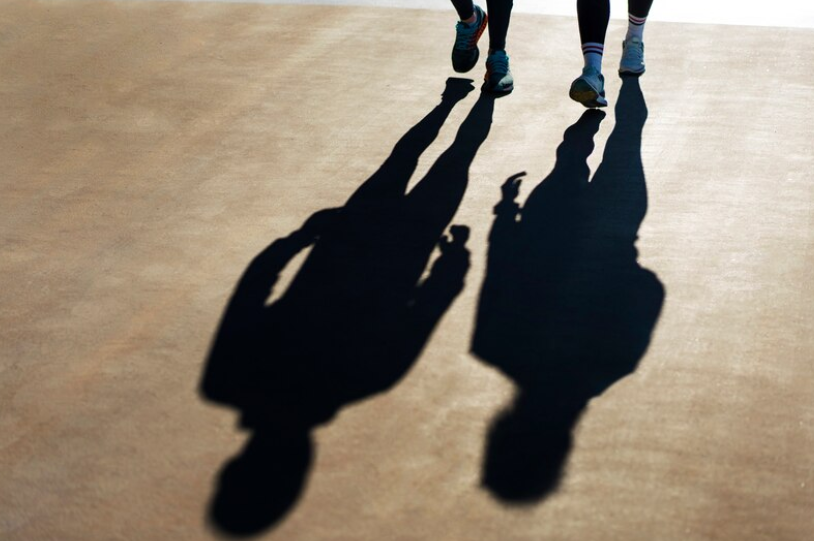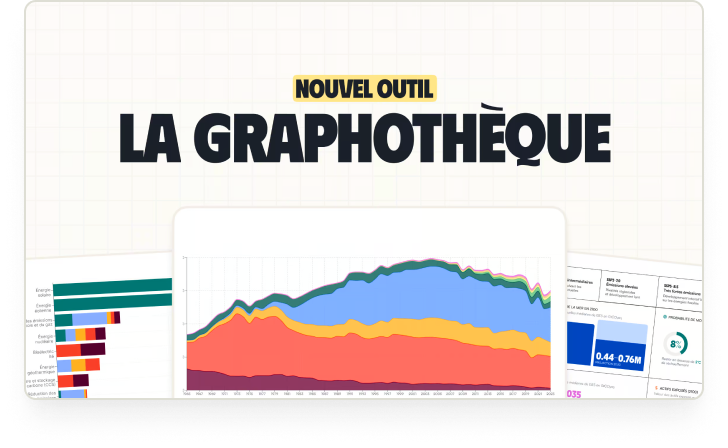A few months ago, I askedGuillaume Martin (mobility consultant at BL evolution) if he was motivated to write a few lines about cycling to be published on Bon Pote. He came back to me with almost 60 pages of content, well argued, illustrated and sourced!
To facilitate the reading, we will publish this file in 5 parts, which can be read in a row or independently from each other:
- Part 1: Mobility structures our lives but has a heavy economic, health and ecological impact
- Part 2: Why develop cycling? Making the case for the bicycle
- Part 3: You’re very kind, but my grandmother or my plumber will never ride a bike: stop the preconceived ideas
- Part 4: Cycling is the best way to decarbonize our mobility
- Part 5: Building a bikeable France
The first argument we hear when we talk about cycling is that it is only for a small part of the population. Some people even go so far as to make a cartoon of the bicycle as something reserved for rich white men under 40, living in city centers and having the time to ride a bike. Even if cycling (like many other subjects) is representative of certain inequalities in France, the social reality is actually a bit different.
83% of French people are in favor of cycling, only 11% are against it
For example, several studies have shown that in reality, the French are ready to start cycling! The graph below details the results of a study conducted in 2015 by the SNCF. At the time, only 11% of people were identified as being resistant to cycling. The vast majority of people were presented as people predisposed to the use of the bicycle in daily life but needing to be accompanied, to have a safe journey, etc.

More recently, ADEME published a study that analyzes the changes in mobility following the health crisis. The reorganization of public space in favor of active mobility is widely supported by the French: :
- 78% think that the development of bicycle paths is a good thing
- 75% for the pedestrianization of certain areas in the city
- 58% are in favor of limiting speed in cities to 30 km/h
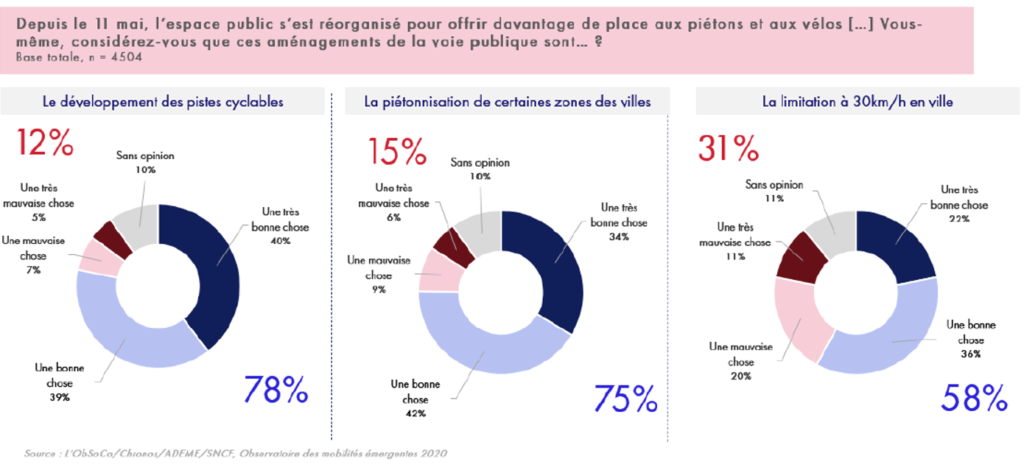
Active transporation modes (walking and cycling) are at the top of the list of modes that the French have increased during the health crisis. These modes are also at the top of the list of those that the French think will increase in the coming years. In another ADEME study, 83% of the French are in favor of the implementation of facilities and services that encourage cycling.
The bicycle can carry heavy loads
The bicycle is sometimes accused of being unable to carry things. For most office jobs, a simple pannier and luggage rack are enough to carry a laptop if you don’t want to pedal with a backpack. For bigger loads like groceries, a good touring bike with front and rear racks can carry up to 60 kg of gear without any problem (I did the test, to load a bike that much, you have to do a hell of a lot of groceries!). From this kind of load, the electric assistance is an important option, especially if there are climbs on your route. For even heavier loads, you need to look at cargo bikes, trailers and other three-wheelers used in cyclo-logistics.
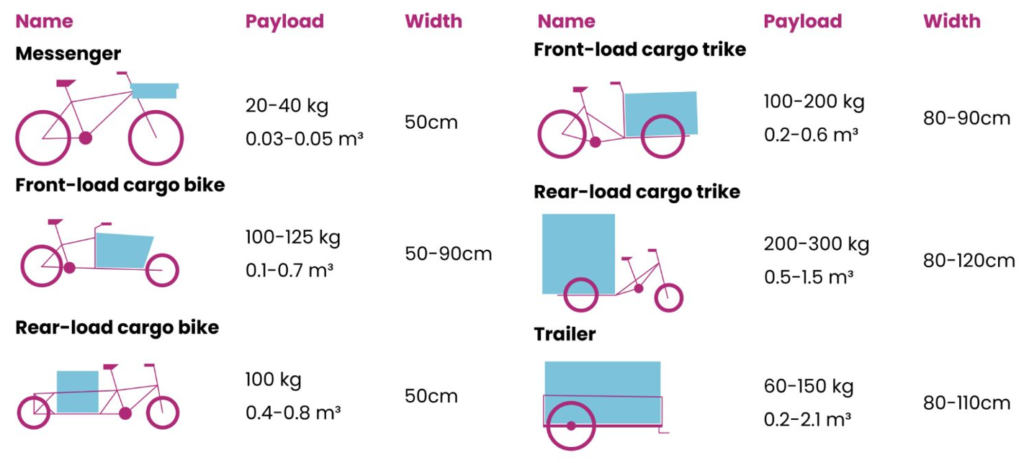
Marginalized just two years ago, we no longer count the number of craftsmen who have chosen the bicycle rather than a utility vehicle to get around town. This is further proof of the changes taking place in our society. This is especially good news for congestion, noise, air quality in the city and more globally for greenhouse gas emissions! You can support them by contacting them for your construction projects. To find a craftsman near you, there is the Boîtes à vélo directory!

The bike adapts to the whole family
The mobility of children to school is a broad topic. Nearly one child out of two (47%) goes to school by car accompanied by their parent. This leads to problems of early sedentary lifestyles, road safety and air pollution in the vicinity of schools. In the countries where cycling is the most common, thanks to safe and adapted facilities, most children are very quickly autonomous thanks to cycling, but due to the lack of a safe cycling network, we are not there yet. Cargo bikes are also very useful for many families who travel by bike, including with children. There are cargo bikes with a tray in front, or “extended” cargo bikes where two to three children can sit behind the parent who is pedaling. Proof that these uses are developing, rental offers are starting to appear.
Bicycles are a fast way to get around, even in the countryside
The incredible efficiency of the bicycle (which we will talk about in the 4th article) offers the cyclist a speed of travel often underestimated. Obviously, this advantage is even more true in dense areas where other means of transportation, more cumbersome, saturate more quickly.
The bicycle is fast not only because it avoids traffic jams, but also because the cyclist does not lose time to park because of its small size (contrary to heavy transport infrastructures which are faster over long distances). It can be seen, for example,that from the center of Paris, the cyclist is less than 15 minutes from the ring road. This makes cycling one of the fastest means of transport in Paris (apart from some very long RER journeys for example). Obviously, compared to a car journey, there is no comparison, the bicycle is faster because of the traffic conditions induced by the urban density.
This speed and efficiency is becoming well known in many large cities. In fact, it is one of the primary drivers of mode shifts. The bicycle is adopted because it is convenient and fast.
The speed of the bicycle is often much more unsuspected in medium-sized or rural areas. The habits of the all-car have considerably altered our relationship to distance and travel time. Few people would be able to say how many kilometers away they are from such or such point, they rather think in terms of travel time (usually by car). Even less to give a travel time with another mode of transport than the car (it is in any case the result of many experiences of public consultation that I witnessed). It would be interesting to question the reasons for this (but Bon Pote already tells me that this article is too long).
In low-density areas (that’s how you talk about the countryside when you’re a geographer), this observation is even more palpable. As we will see a little later, in reality, most of the population lives less than 20 minutes by bicycle from a living and service center with all the amenities (shops, schools, health care, etc.). The problem with cycling in low-density areas is not the distances to be covered, which are too long: the distribution of short, medium and long trips is almost identical in the city and in the countryside! What disadvantages the bicycle to the benefit of the car is land use planning: it loses the match in speed in an environment where everything has been done for the last 50 years to facilitate the use of the car(roundabouts to make traffic flow more smoothly, giant parking lots in the heart of the village, road bypasses…). The absence of bicycle paths creates a feeling of insecurity that prevents many people from taking up cycling. Thus, where it is starting to be relatively common to meet a cyclist who travels more than 15 km to go to work in La Défense by bike, most bike trips in rural areas are limited to a few kilometers (or even a few hundred meters). This is where Ivan Illich comes in with his concept of “generalized speed” (Energy and Equity, 1973). According to him, the car system is deceptive becausethe speed granted by the car is an illusion. In reality, the motorist thinks he saves time on each trip, whereas, over the course of his life, he will have lost this time to pay for his car and all the externalities that accompany it. According to his calculations, the speed of a car is in fact limited to 6 km/h (but this is open todebateand depends on the assumptions made).
Chaque semaine, nous filtrons le superflu pour vous offrir l’essentiel, fiable et sourcé
The bicycle is not an emblem of the rich, it is a vector for reducing inequalities
In terms of social reality now, there is a strong preconceived notion that a pro-bike policy would be in opposition to the poorest people who have no choice but to take their car to get around. We will see in 3 graphs how wrong this is. And if you want to know more, I advise you to read this twitter thread of Mathieu Chassignet.
Apart from some special cases, the distance between home and work is actually proportional to the household income.
The richest households are the ones that travel the most by car. While 70% of the richest households travel to work by car, 38% of the least affluent households use a car to go to work every day. Generally, the poorest households use walking, cycling, and public transport more.
The poorest households own the fewest cars. As a direct consequence or cause of the previous graph, we notice that the car ownership rate (= the number of vehicles owned by a household) increases with income. It is logical, a car costs about 6000 € per year.
Finally, a policy that would promote the use of bicycles would have a direct positive impact on the least privileged households. A bicycle is therefore a tool for reducing inequalities because it offers a travel solution that is very accessible to all, provided that the route is suitable (we will come back to this point) and that it is equipped for the bicycle. Let’s not forget, for example, that not everyone has a driver’s license (by choice, financial constraints, because they are too young or too drunk to drive).
A bicycle is a great tool for inclusion
A bicycle is also a great tool for inclusion for people with reduced mobility. France has not yet taken the measure of this, but in countries with a high level of cycling, bicycles and their adaptations (recumbent bicycles, tricycles, tandems, wheelchairs, or even electric chairs) allow many disabled people or people with reduced mobility to continue to move around, including the elderly or people with disabilities. It is difficult to imagine this in a country like France where public spaces are often not designed to be inclusive (welcoming to many people regardless of age, disability, skin color, or gender…). For example, cycling is often subject to a trial for “validism” because it is only for healthy, mostly young people. In the Netherlands, 16% of people with reduced mobility use bicycles thanks to a secure infrastructure. One might wonder, however, to what extent the lack of physical activity encouraged by an “all-car” system feeds certain forms of disability or whether this famous “all-car” system is not also reserved for certain forms of validity.

In the Netherlands, the over-65s use bicycles 12 times more than the average French person of all ages (3.89 km/day/person compared to 0.3 km/day/person in France). Even more surprising: the category of adults in the Netherlands who use bicycles the most isthe age group between 65 and 75 years.
So yes, with the right facilities and equipment, my grandmother could cycle. But here’s the thing: to build a capable and inclusive cycling system, we need to work even harder on calming public spaces and making cycling facilities safe.
For example, the elderly are more vulnerable and do not have the same physical or cognitive abilities. Public spaces must be legible, accessible, and comfortable for all. The widths must be sufficient for several users to circulate at different speeds. This requires an important redistribution of public space for active modes where today nearly 80% of public space is reserved for motorized vehicles.
Important: the question addressed here is not whether every person can or should cycle for every trip, but rather how can we organize society to allow a significant part of the population to travel by bicycle.. For example, we could reserve the use of the private car for certain essential uses! For others, the bicycle and its adapted forms have a huge role to play in offering new mobility options to the many people who are today excluded from the dominant mode.

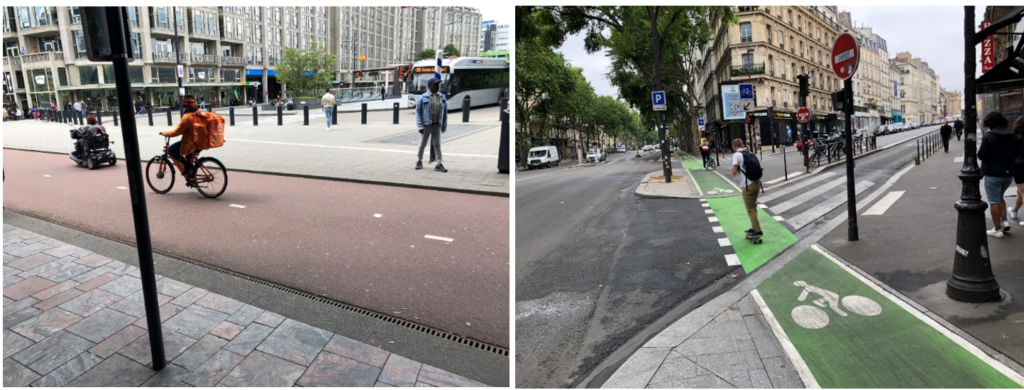
Cycling is not just for sportsmen and women in lycra
A recurring argument is to present cycling as a sport rather than transport. It would be tiring and dirty to cycle every day or only for fans of the Tour de France and the Mont Ventoux. The different testimonies in the film Why We Cycle show that Dutch cyclists do not see cycling in the same way. One can be a family man, a sharp businesswoman, or allergic to sports and still ride a bike every day.
It is this association between cycling and sport, which is particularly strong in the country of the Tour de France, that hinders the development of cycling. We observe that one of the first things that are requested by non-cyclists to encourage the use of the bicycle to come to work is the installation of showers in the office. As if cycling would necessarily mean sweating and a major physical effort. Indeed, employees who already cycle to work will not ask for showers, because their bodies have been used to cycling for some time. Instead, they will ask for more bike facilities and a secure place to park their bike. So of course, if you take your rusty, under-inflated bike out for the first time in the middle of winter with the same survival gear (underpants, triple socks, down jacket, and turtleneck) as you do when you take the RER, it’s likely to go badly.
After a while, the cyclist also learns how to equip himself to avoid sweating and arrive fresh at his destination. Many brands of equipment offer clothing adapted to the practice of cycling according to the seasons. Regular practice also allows you to find your pedaling frequency where the effort becomes minimal to get around. The electrically assisted bicycle (EAB) allows you to move without getting tired over long distances or as soon as the route includes a little bit of unevenness. If you don’t want to believe the cyclists who tell you that, just try it!
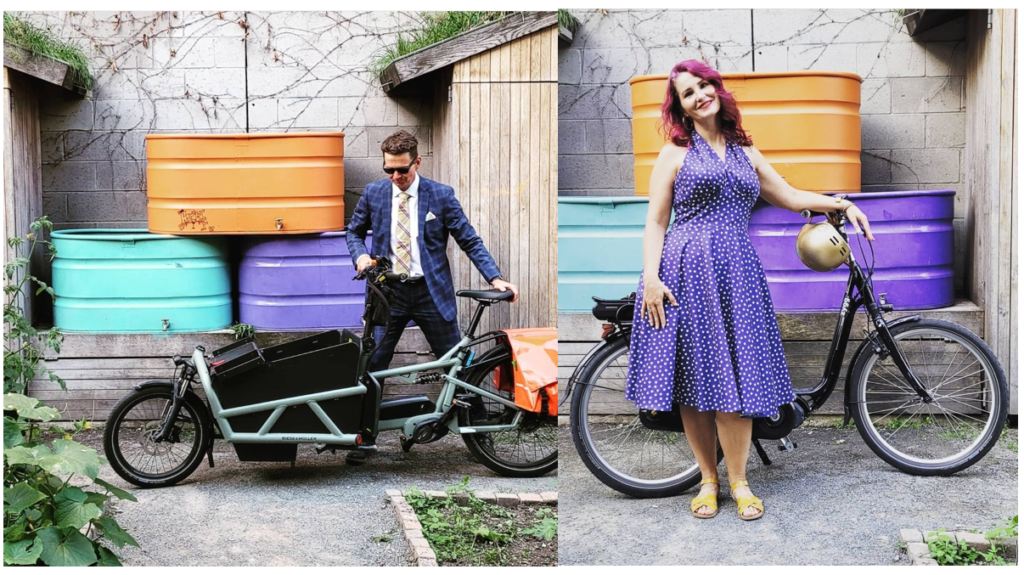
Does cycling have a gender?
The question of gender inequalities in cycling is still a subject that is not well explored by scientists. While several scientific works deal with gender inequalities in our public space (I recommend this podcast for example), few data or studies deal specifically with the issue of cycling. A recent study carried out at the scale of the Bordeaux metropolis has allowed us to draw several conclusions (the main ones are listed here, I highly recommend you to read the whole article):
- Cycling is more important among men than among women (62% of male cyclists versus 38% of female cyclists in the Bordeaux metropolis).
- Women use bicycles in greater numbers in the late afternoon, while men are more numerous during leisure time (morning, evening, Sunday afternoon). The gap widens at night and in rainy weather: 78% of cyclists are men.
- Women are more loaded (luggage, shopping bags, jackets, umbrellas) and better equipped for transportation (child carriers, panniers, baskets, trailers, cargo bikes).
- According to the observations, they drive more carefully.
- The survey records a drop in cycling among women each time a new child is born, which is not offset by a resumption of cycling among older women
- The advantages of cycling for women are time and body management (no crowding, especially on public transport), physical activity, cost savings, and a responsible attitude towards environmental issues.
- Women feel the risks of accidents or aggression more strongly than men. They are more likely than men to want a safe and well-lit infrastructure.
In most large cities, as bicycle use increases, the proportion of women cyclists increases. In the Netherlands, there are more female than male cyclists. The situation should slowly improve in the coming years as public space is calmed and quality bicycle facilities are provided. However, as public space is still mostly designed by men, for men, it is not necessarily surprising to see that certain gender inequalities that run through our society are also found in a subject as central to our lives as mobility and land use planning.

Conclusion of part 3
I hope that with this article, you have some arguments to put into the debate. Since we are on Bon Pote, we couldn’t talk about mobility and cycling without talking about climate. Now that we have seen that the bicycle can be adapted to many people and many uses, it is time to focus, in part 4, on the potential it represents to decarbonize our travel!

